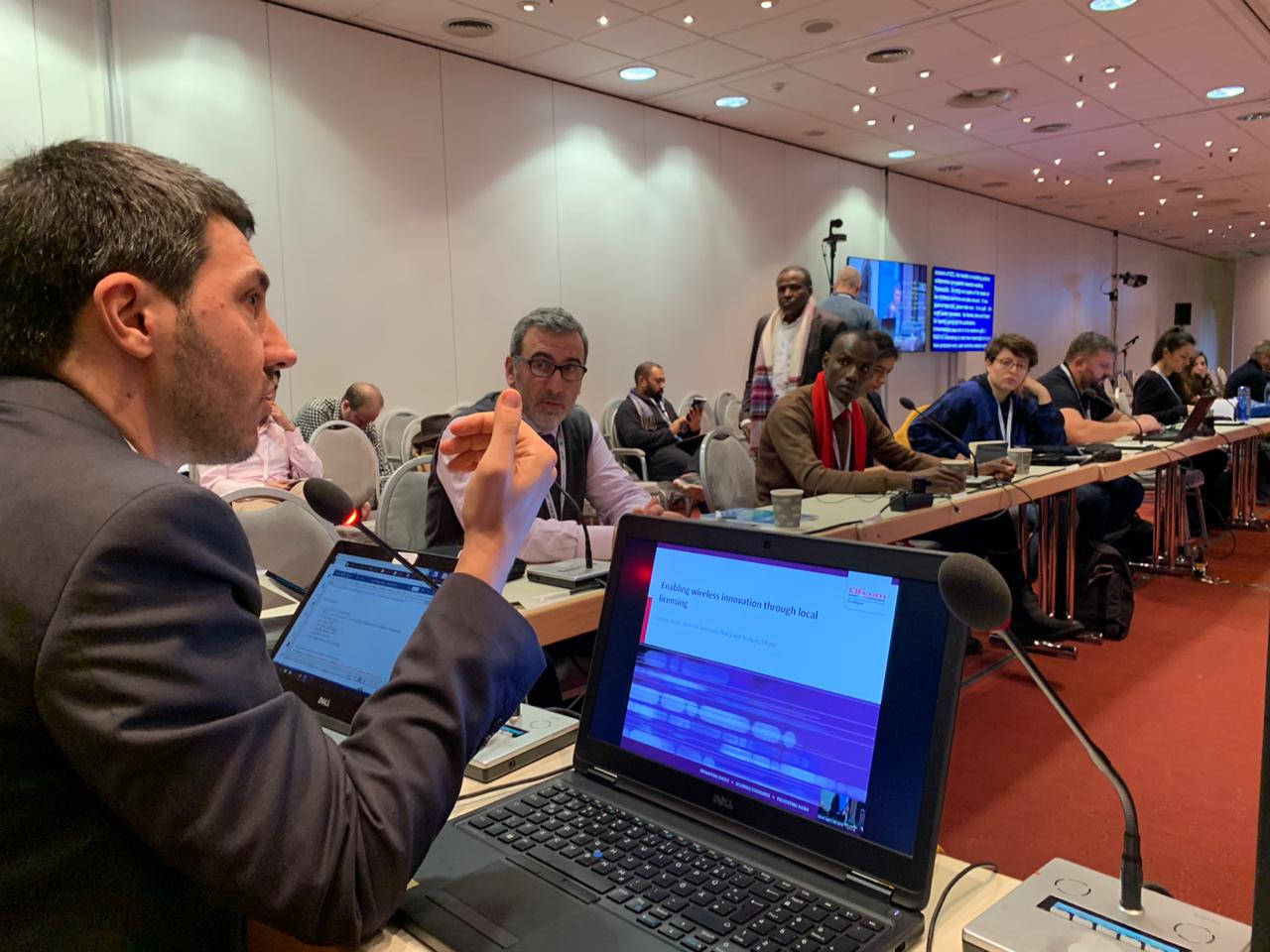In today’s interconnected world, the Internet is a cornerstone of daily life, transforming the way we communicate, work, and engage with information. Yet, the seamless experience we often take for granted is underpinned by a complex structure of internet governance. This blog delves into what Internet governance entails, its key components, and the challenges and opportunities it presents.
What is Internet Governance?
Internet governance refers to the collective framework of rules, policies, standards, and practices that shape the functioning and evolution of the Internet. It encompasses various aspects, including technical management, policy development, and global cooperation, all aimed at ensuring a stable, secure, and accessible digital environment.
Key Components of Internet Governance
- Technical Standards and Infrastructure
- Protocol Development: Organizations like the Internet Engineering Task Force (IETF) develop protocols that ensure different systems on the Internet can communicate effectively.
- Domain Name System (DNS): The Internet Corporation for Assigned Names and Numbers (ICANN) oversees the DNS, which translates human-friendly domain names into IP addresses that computers use.
- Regulatory and Policy Frameworks
- National Policies: Governments establish regulations to address issues like data privacy, cybersecurity, and digital commerce within their jurisdictions.
- International Agreements: Global forums, such as the Internet Governance Forum (IGF), facilitate discussions and agreements on cross-border Internet issues.
- Cybersecurity
- Threat Management: Measures are in place to protect the Internet from cyber threats and attacks, ensuring the safety of users and data.
- Collaboration: International cooperation is crucial for addressing global cybersecurity challenges and coordinating responses to incidents.
- Access and Inclusivity
- Bridging the Digital Divide: Efforts are made to ensure that all individuals, regardless of their location or socioeconomic status, have access to the Internet and its benefits.
- Promoting Equity: Policies and initiatives aim to address disparities in digital access and promote inclusive participation in the digital economy.
Key Stakeholders in Internet Governance
- Governments
- Governments create and enforce regulations affecting Internet use and infrastructure within their borders and engage in international negotiations to address global Internet issues.
- Private Sector
- Tech companies, Internet service providers, and content creators influence Internet governance through their technological innovations, business practices, and policy advocacy.
- Technical Communities
- Organizations such as the Internet Society (ISOC) and the World Wide Web Consortium (W3C) develop technical standards and contribute to maintaining the Internet’s operational stability.
- Civil Society
- Non-governmental organizations and advocacy groups represent user interests, championing issues like online privacy, freedom of expression, and digital rights.
- International Organizations
- Bodies like the United Nations and the International Telecommunication Union (ITU) facilitate global dialogue and cooperation on Internet-related issues.
Current Challenges and Future Directions
- Privacy and Data Protection
- With growing concerns about personal data security, robust privacy protections and transparent data management practices are more critical than ever.
- Cybersecurity Threats
- The evolving nature of cyber threats requires continuous adaptation of security measures and international collaboration to safeguard digital infrastructure.
- Net Neutrality
- The principle of net neutrality, which advocates for equal treatment of all internet traffic, remains a contentious issue with significant implications for Internet freedom and innovation.
- Digital Divide
- Addressing the gap between those with and without Internet access is essential for fostering global inclusivity and ensuring equitable opportunities in the digital age.
Conclusion
Internet governance is a dynamic and multifaceted field that plays a crucial role in shaping our digital experience. By understanding its components and engaging with its various stakeholders, we can contribute to creating a more secure, inclusive, and innovative Internet. As technology continues to advance, the collaborative efforts of all involved will be vital in navigating the evolving landscape of Internet governance.


